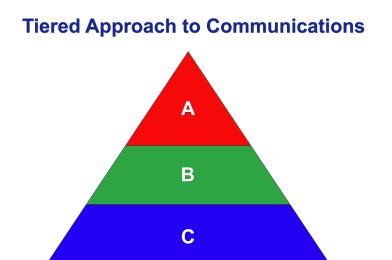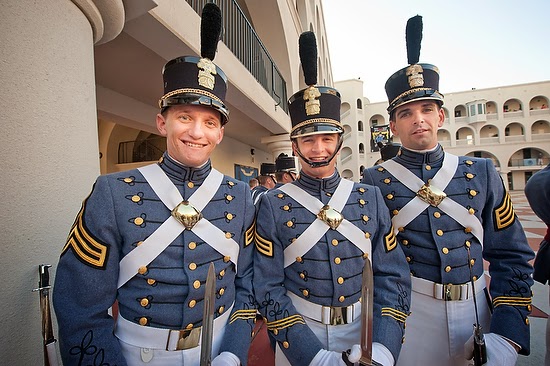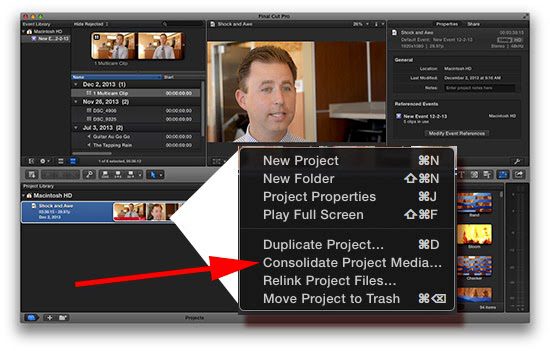Learning Curves
A few things impact our success as photographers and creatives in general. First, no matter the subject, two things affect our understanding of that subject. First is our book knowledge of the subject, and the second is our experience with the subject matter.
One thing is to understand the inverse square law, and another is to put it into practice. Even seeing a picture of the Inverse Square Law will not make it usable knowledge without some training.
In Malcolm Gladwell’s book Outliers, he addresses this concept of experience. He talks about how the Beatles were playing twice as long sets in nightclubs as most in the industry. He then points out this is how they were able to crunch their 10,000 hours of experience which usually takes about ten years to accomplish, playing 3 hours a day for the average work week, and cut that time in half by playing 6 hours a night at clubs.
There are a few places in my career where I was able to crunch some knowledge. For example, when I ran one-hour labs for a few years, I was processing and printing around 40 to 80 rolls of film each day. As a result, I became pretty good at looking at a negative and knowing when something looked magenta, it would print green, and when something looked cyan, it would turn out red. So the years of printing color negatives helped me understand my colors.
Now, if I had stayed in my first job at a newspaper where I shot 8 to 10 rolls of film a day, it would have taken me 5 to 10 times longer to learn what I did while processing film at a one-hour lab.
If you look at that top chart, you will see that I knew almost nothing about photography in my first year. While I started to grow, it wasn’t even in all business areas. Each room had its learning curve.
As assignments and responsibilities came my way, those learning curves were growing in new areas. Working at a newspaper, photo studio, photo lab, magazine, college public relations department, and now as an independent photographer, all were very different from each other and had their learning curves.
I believe the more learning curves you have in your life, the more success you will have. When you stop learning, you stop growing. When you stop learning is when you start to die.
Personal Projects
While you learn because you get new responsibilities, you don’t get these responsibilities given to you without a good reason. People hire you to do what they know you can do, not because of what they don’t know you can do. The best way to get a job shooting jobs overseas is to shoot one to show them.
People hire me to shoot projects that are dear to their hearts or at least unique to their paychecks. But, they need someone to help them be successful and do their job better.
There are two reasons people hire me. First, they know what they need, and I fit the bill. They need a headshot and see if I can do what they need and hire me. The second reason I get hired is people see what I am doing and want it.
Needs vs. Wants
I believe needs-based hires are based on what they have seen work for themselves or others and know that this will give them the desired result. Steve Jobs is one of the best to come along in years and created a want for many people. The introduction of the iPhone was a smartphone that made it cool to do certain functions we do every day. Later, when he introduced the iPad, it was introduced to solve problems I didn’t even know I had until I saw how it worked.
For the most part, most Apple products are much more expensive than their competition. How can they do this? They continue to deliver. Many competitors with lower prices don’t provide the quality experience that Apple has consistently. The quality experience is why now when Apple introduces a new product, there is a line at their stores to buy what no one has used before. They know, based on experience this is worth the risk, and the rewards are sure to come.
The best way for creatives to duplicate what Steve Jobs did with Apple products is to create something where you are speaking as passionately about it as Steve did when he introduced a new product. For example, just listen to his presentation on the iPad launch here on YouTube.
[youtube https://www.youtube.com/watch?v=Ndnmtz8-S5I]
The key is to find your passion. What gives you the most joy and happiness? What disturbs you the most and makes you so mad you want to do something about it? Whatever you pick must be emotionally essential, or you will not be able to stay on that subject long enough to capture another person’s interest.
Social Justice is a topic that motivates my heart more than just about anything. I wouldn’t say mistreating or unjustly Is what I like. I want to tell their story. My packages help to communicate total despair or victory.
Many nonprofits are trying to help people just like me. They see my passion for a topic and now want me to help them tell their story and hopefully move their audience as much as I moved them.
One of my passions is immigration. Migrants, for the most part, just follow where the work is, and having work available where they live was my concern. So providing multimedia and still photography coverage for the Just Coffee group based in Agua Prieta, Mexico, was a good fit for my passion.
As corporations and nonprofits saw my coverage, more and more of them wanted similar coverage. I created a want. They were not seeing this type of storytelling coverage to help brand a company.
I was using emotion-packed photos and emotion in the voices of the videos to help communicate despair and triumph.
I think my project graph would look like the above. While I am doing more personal projects than before, I am now seeing a direct correlation between showing what I am passionate about and job growth in the number of clients and projects I am doing today.
When your projects are a way of giving back to your community, as mine has, you also benefit. For example, the movie Pay It Forward helped to start a movement. At first, many thought it was just a fad. Years later, we are seeing people pay it forward in the drive-thru lines, and this string of gestures often goes all day long.
We see TV ads today showing that paying it forward and being contagious.
Why not do a personal project that has the potential to pay it forward in many ways? If you do, then others will want to work with you. They want what you got, which is a heart for others.
Summary: Find your passion and create a package that shows what you can do when you do something to your best ability. Share this with everyone you can. Significant learning curves may be associated with your project as you discover that doing what you need to do to show your passion in the best possible way may require some new skills. The good thing is because you are so passionate about the topic, your ability to learn these further skills increases. After all, your desire is much stronger than when it is just a job. If your project pays it forward, you may even start something that goes viral.





















